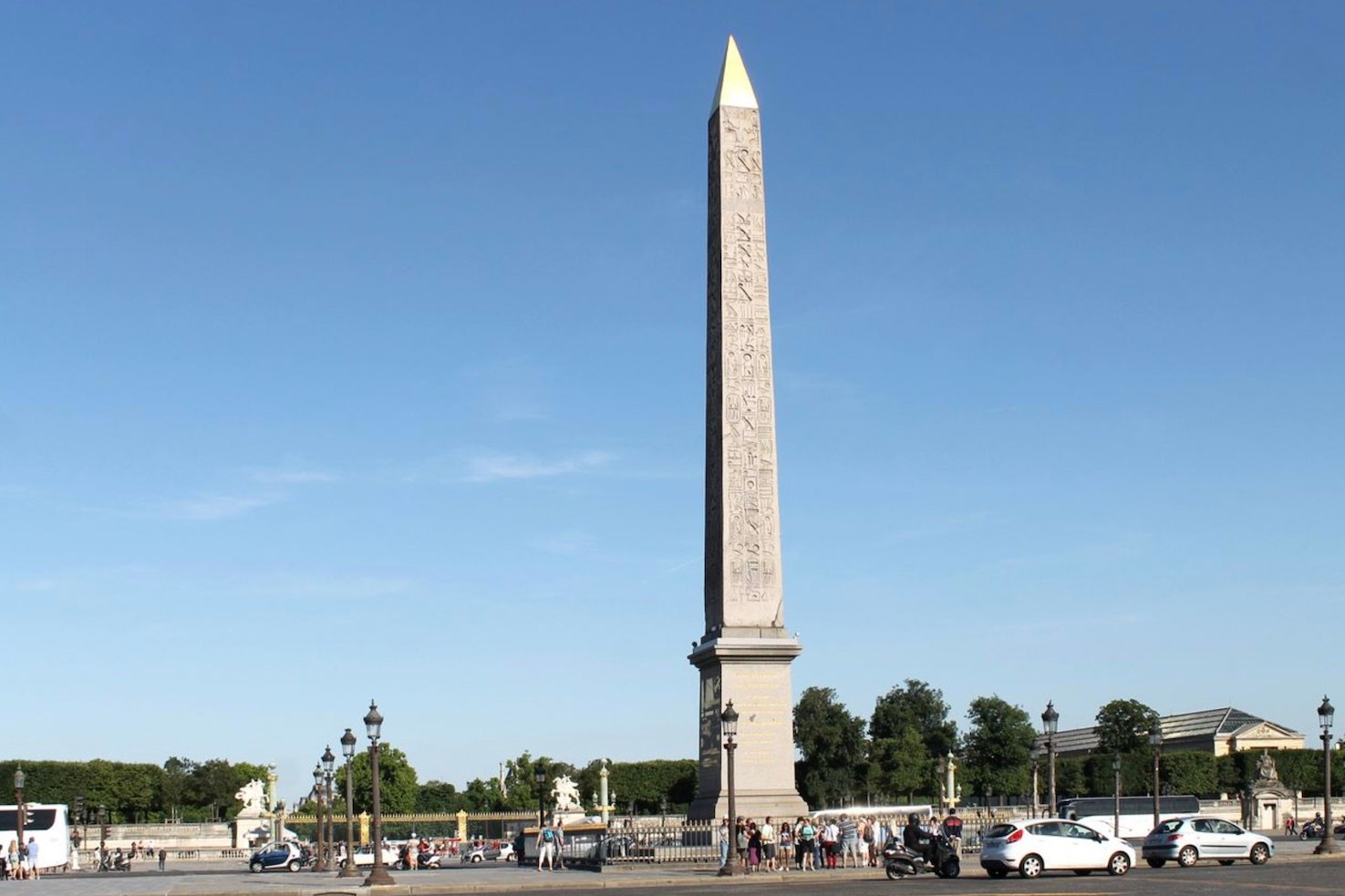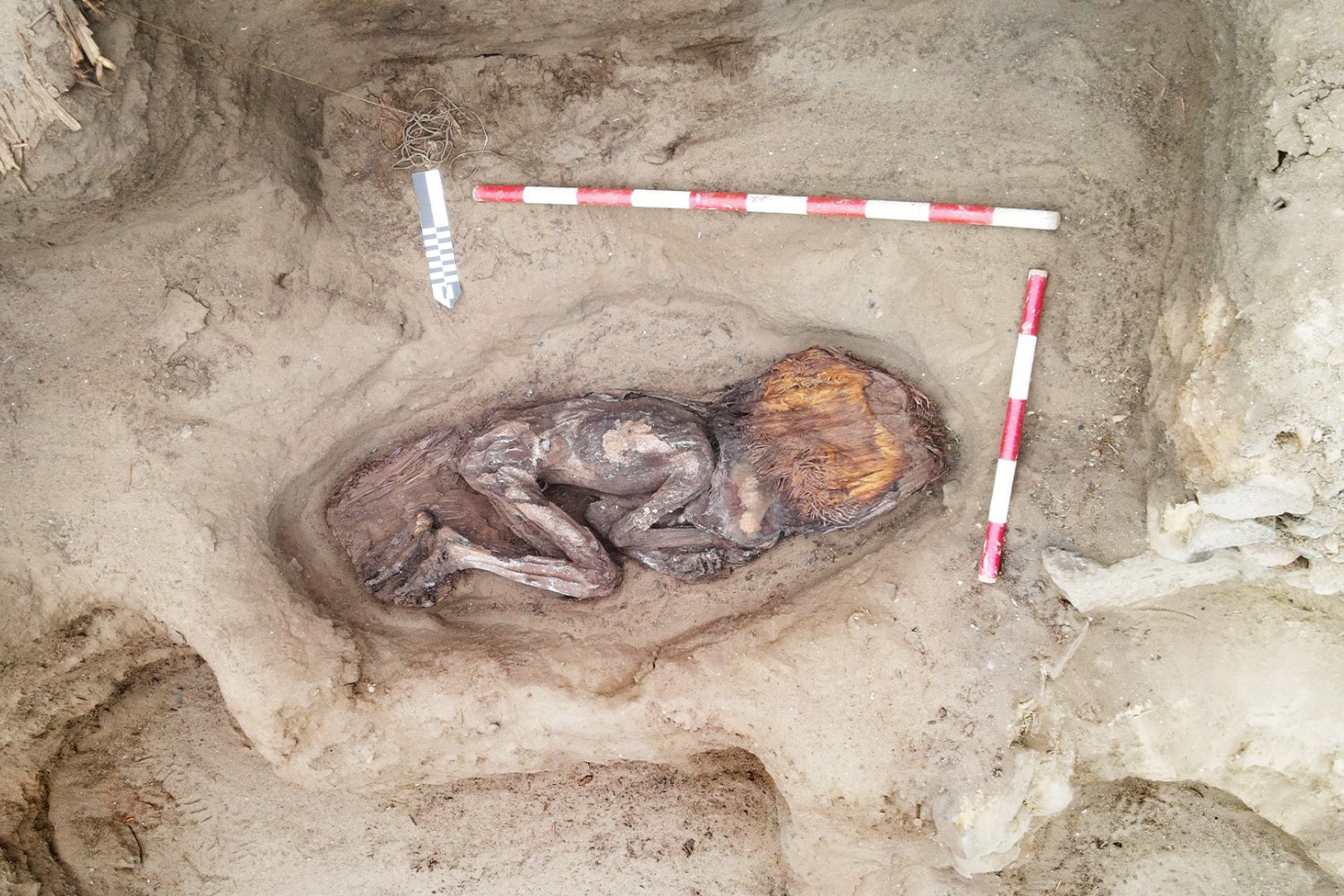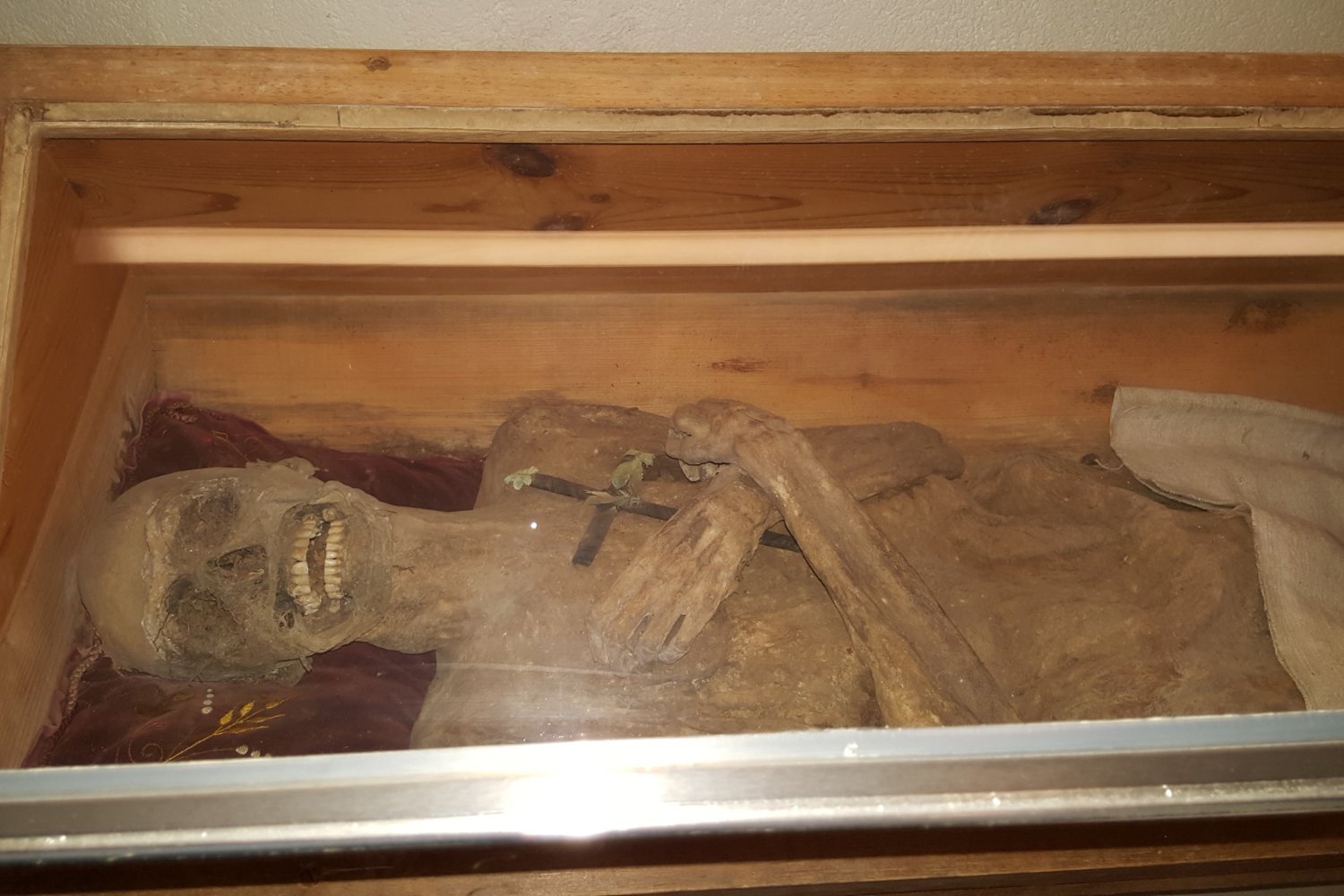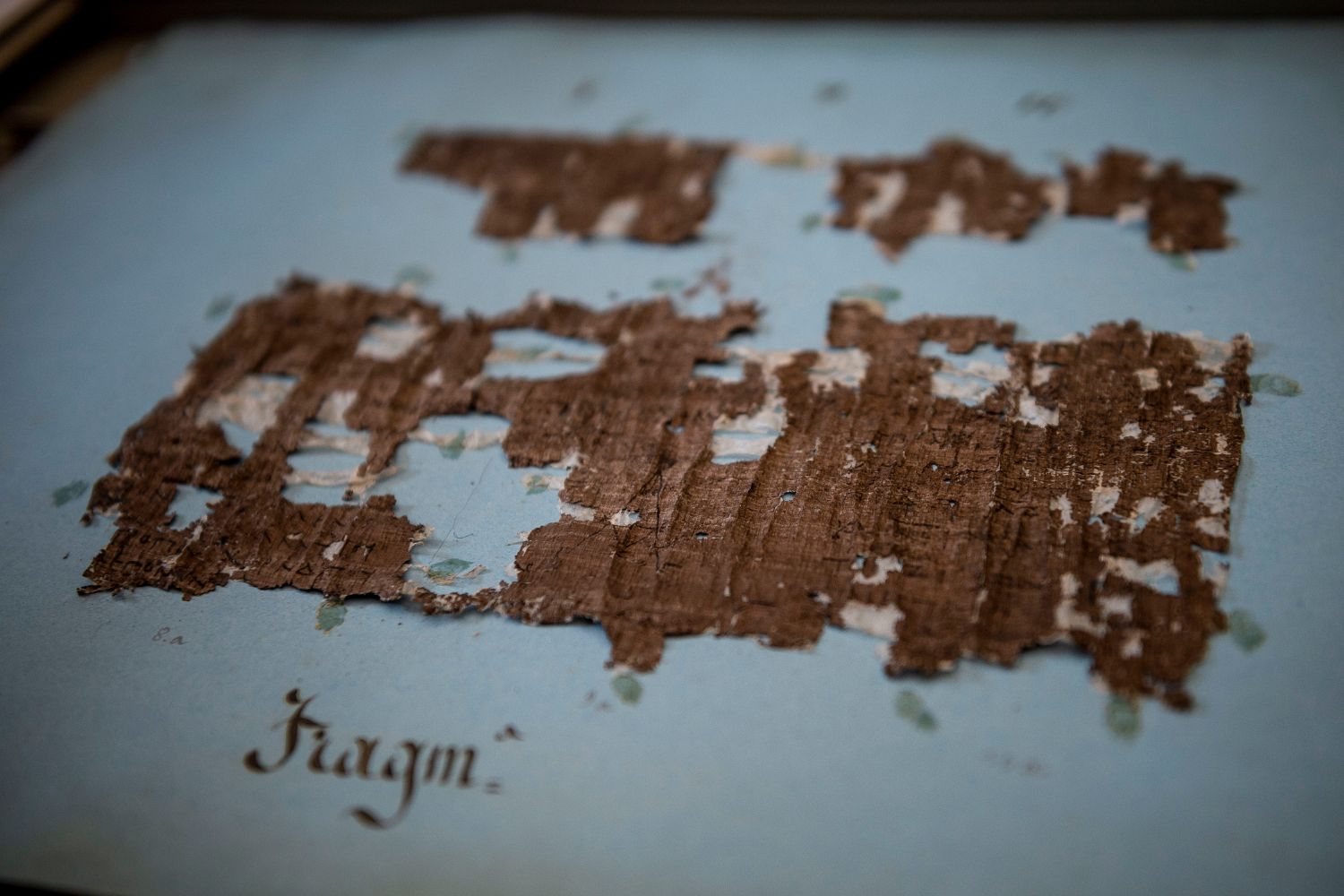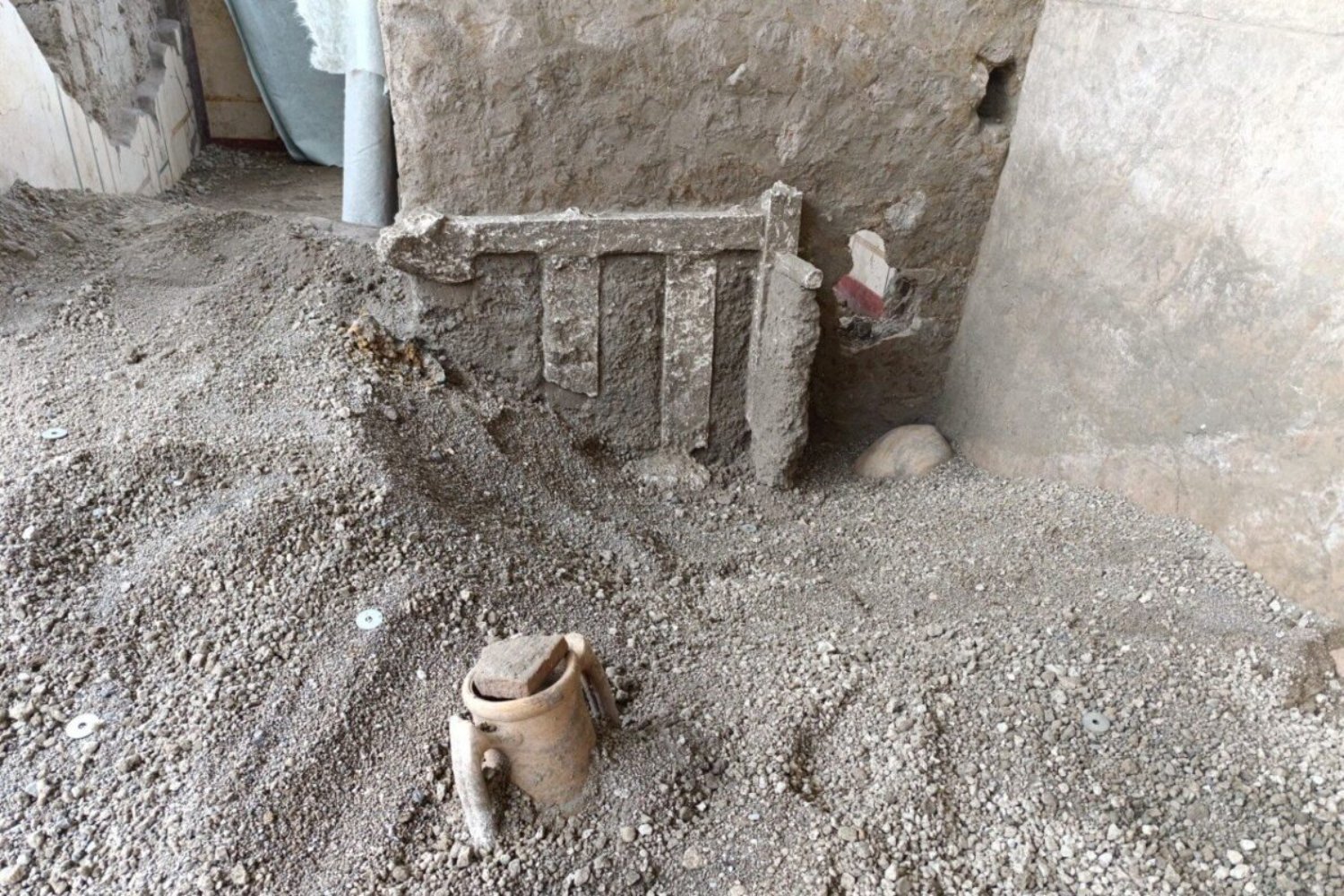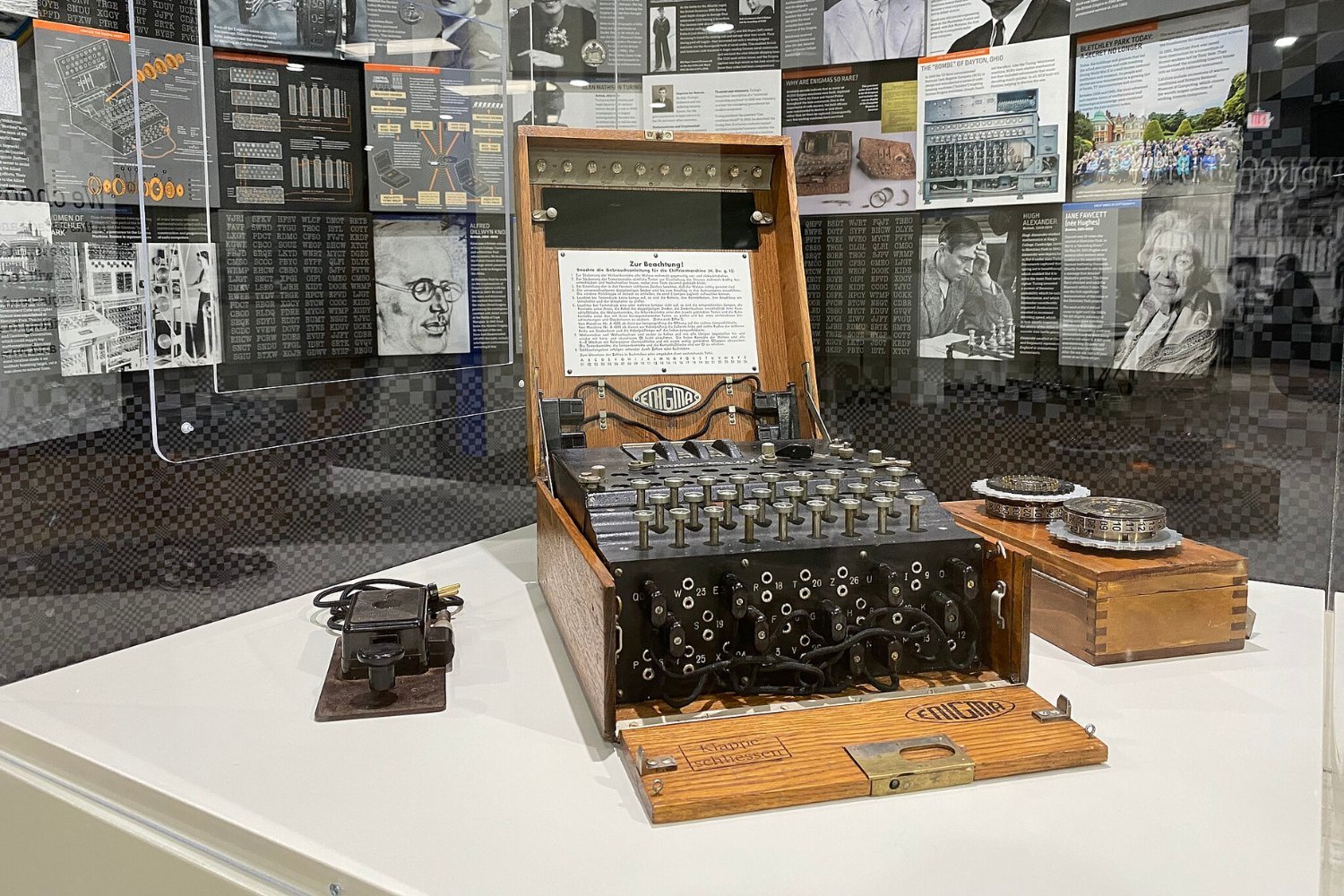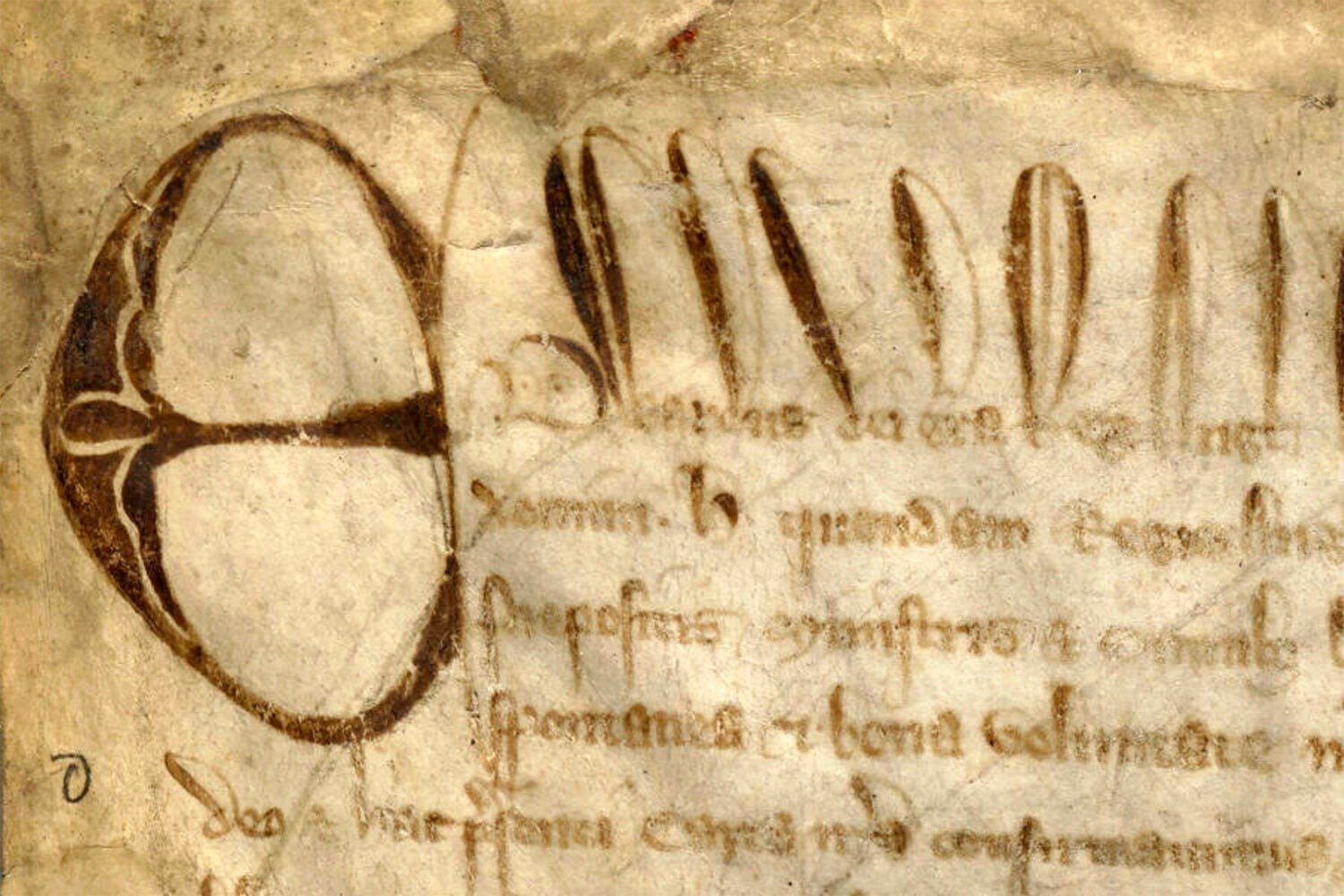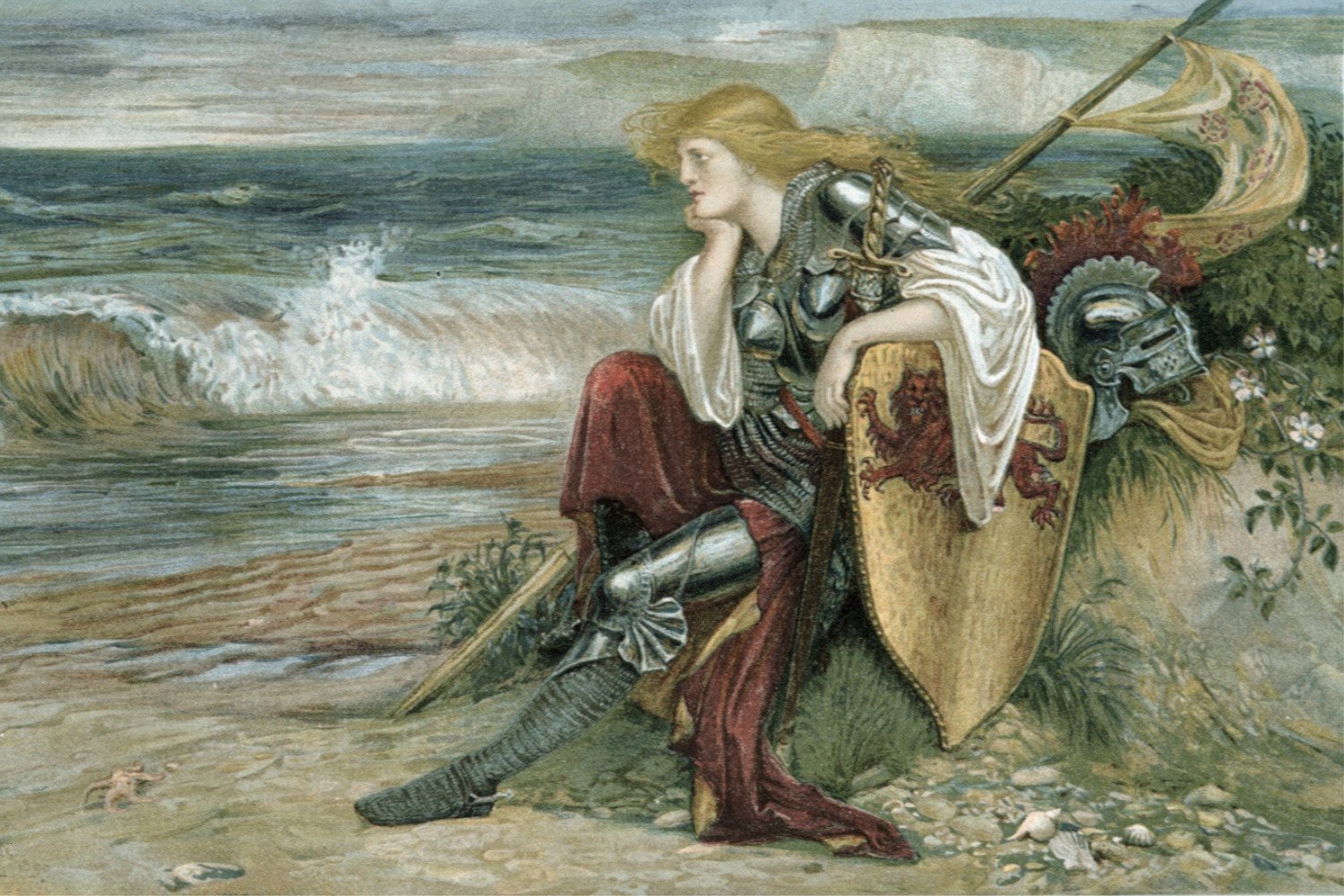The Luxor Obelisk, a 3,300-year-old Egyptian monument gracing Paris’ Place de la Concorde since 1836, has revealed hidden messages, according to Egyptologist Jean-Guillaume Olette-Pelletier. These cryptic inscriptions, unnoticed for centuries, shed new light on the reign of Pharaoh Ramses II and his efforts to solidify his divine authority.
Deciphering the Crypto-Hieroglyphs
Olette-Pelletier, from the Catholic University of Paris, identified these previously undocumented messages during renovations in 2021. The scaffolding erected around the obelisk provided him with unprecedented access to the monument’s upper reaches, near its gilded pyramidal top. His breakthrough came when he examined the hieroglyphs horizontally instead of vertically, uncovering hidden inscriptions within the existing carvings.
These “crypto-hieroglyphs,” a technique employed by the ancient Egyptian elite, are decipherable by only a handful of experts worldwide. Olette-Pelletier described one example to BFMTV: “People had not noticed that under [one depiction] of the god Amun, there is an offering table. This reveals a complete sentence: an offering that the king gives to the god Amun.”
Three-Dimensional Cryptography and Strategic Placement
The seven encrypted messages identified by Olette-Pelletier form a complex system of three-dimensional cryptography. Their meaning is fully revealed only by circumnavigating the obelisk. Moreover, the messages were strategically placed to be viewed from specific angles. One inscription, visible from the Nile when the obelisk stood at the Luxor Temple entrance, likely targeted arriving dignitaries, broadcasting Ramses II’s divine power. Another inscription urges offerings to appease the gods.
Ramses II’s Propaganda and Legacy
These hidden messages, according to Olette-Pelletier, served as propaganda, reinforcing Ramses II’s power, victories, longevity, and piety. The pharaoh, who reigned from 1279 to 1213 BCE, sought to legitimize his divine rule in the eyes of the nobility. The Luxor Obelisk in Paris is one of a pair; its twin remains at the Luxor Temple in Egypt.
Unraveling Ancient Mysteries
This discovery demonstrates that even well-studied ancient monuments can still harbor secrets, offering new insights into history and reminding us of the ingenuity of past civilizations. The Luxor Obelisk, a prominent landmark in Paris, continues to fascinate and intrigue, revealing the enduring legacy of Ramses II.



